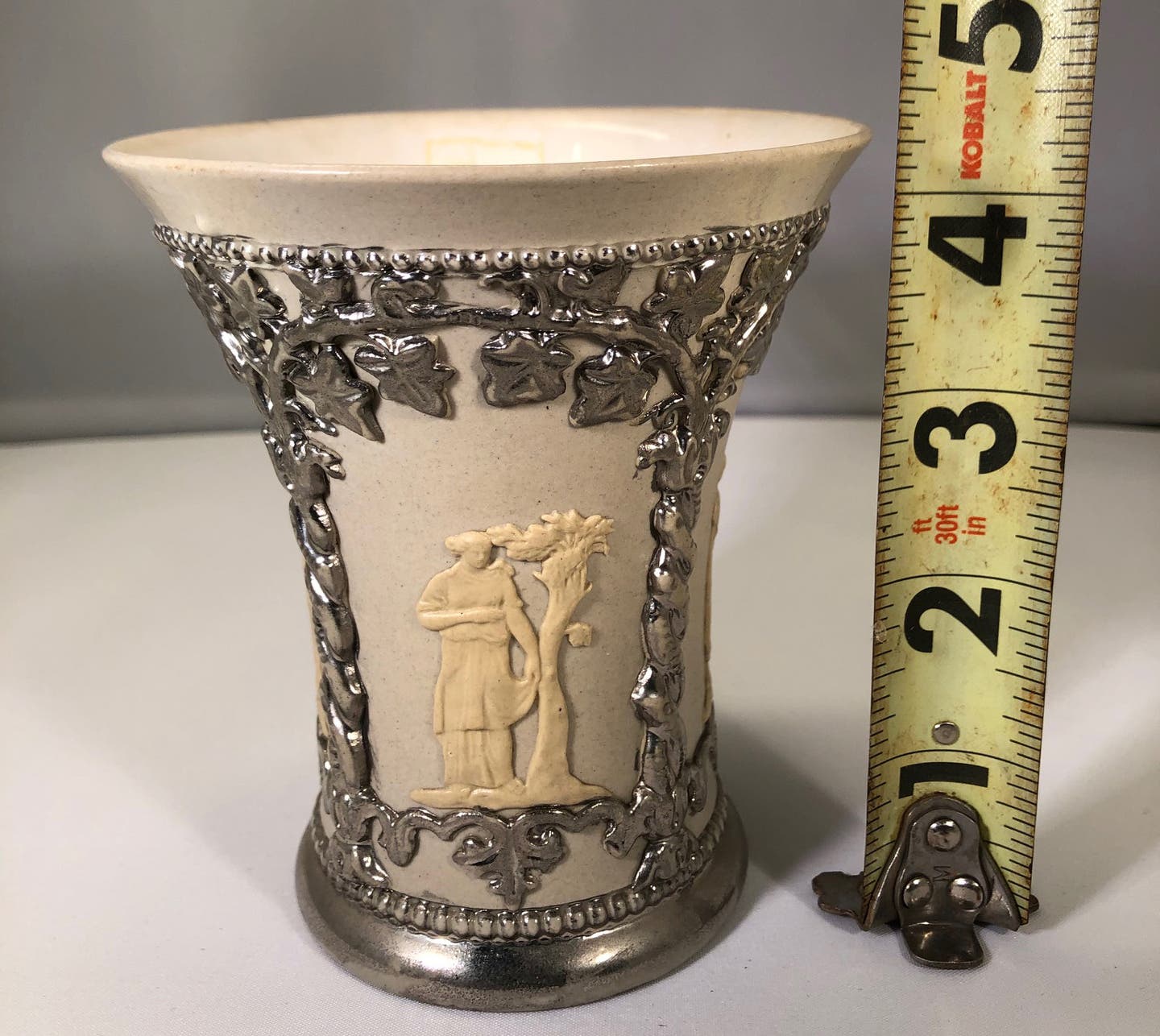Buyers: 5 ways to protect yourself from online scams
Most online transactions are scam-free. But the warning “buyer beware” has never been more relevant than it is now. Here are 5 ways to protect yourself.
The Facebook ad appeared too good to be true: $19.99 for a pair of Ray-Ban Wayfarer style sunglasses; about an 80 percent discount from the usual retail price. Of course, the ad was a scam. The buying link led to a convincingly spoofed website; the web address even used the words “official” and “Ray-Ban.”
In October 2018, the Better Business Bureau published a warning about the counterfeit Ray-Ban scam running on Instagram at the time [https://bit.ly/2SbUhdB].
The admonition “buyer beware” has never been more relevant than it is now: Counterfeit goods are everywhere. If you pay cash for a fake at a yard sale, flea market, antique fair, resale store, auction, or estate tag sale, there’s little chance that you’ll get your money back. After all, you had the opportunity to touch the item, inspect it, and walk away with it in-hand.
Online buyers don’t have the same opportunity to inspect before buying and are easier to victimize.
In my last Behind the Gavel column, I addressed ways in which buyers can scam online sellers. Today, I’m going to reverse that approach and discuss common ways that sellers may scam online antique and collectibles buyers. I’ll also review how buyers can defend themselves against such scamming tactics.
Before I begin, let me reiterate that most online transactions are scam-free and are completed without a hitch. As with my previous article, I’ll use eBay for my examples, but these scams may be found on any online marketplace.
Here are five common seller scams that buyers should be aware of, and suggestions on how to defend against them.
Buyers Beware: Online scams
1. The misinformation scam, which has several variations. Such listings usually declare that an item is sold as-is, and that returns are not accepted.
The most common scam is a seller pleading ignorance of the facts. Anyone who regularly buys online has seen this one: the seller’s description reads, “I’m no expert but ...” or “I’m not positive, but this looks like a ...” or “this seems to be complete but I’m not sure ... .”
A second type is when the listing information is deliberately misleading or incorrect. The photo may be of a stock item rather the actual item, or the listing title may indicate that a set is being offered but the description states that the auction (or Buy-it-Now price) is for just one of the items pictured.
A third type of misinformation is when details are deliberately omitted from a listing; for example, a seller offers a vintage game console but fails to mention that it has no power cord; or is selling a vintage camera but doesn’t mention that it has no lens.
Defense: First, know the points of connoisseurship for the item you want to buy. Then, read the listing carefully. If the description doesn’t provide the level of detail you need (like dimensions, weight, finishes, etc.) then message the seller and ask for specifics. If the seller is slow to respond or can’t provide specifics, don’t buy the item.
2. The photo scam: In this deception, a seller will list a desirable item, use descriptive keywords in the title, and post a clear picture. Buried within the item description is a mention that the offering is for a photograph of the item rather than the actual item. It is only when you have taken delivery that you discover you have paid a very high price for a photograph. I’m not sure which is harder to believe: that someone would perpetrate this scam or that someone would fall for it. It happens, though, as this clip from “Judge Judy” shows: https://youtu.be/kruw0SO6mo4.
Defense: Again, read the listing carefully. Is the item listed in the correct category? Does the shipping weight look right? If the item is expensive, insist that it be shipped “signature required,” and if the weight doesn’t seem right when you lift the box, or if the box is the wrong size, don’t sign for it; refuse delivery.
3. The condition scam: This deceit is of particular concern to collectors. To execute it, a seller intentionally overstates the condition of an item. For most collectibles, there are no explicit evaluation standards. Some collectibles – stamps, coins, and vinyl records, for example – may have published standards, but even those vary among experts. Honest disagreements between buyers and sellers over an item’s condition are common.
Defense: Ask the seller specific questions about an item’s condition and ask for comparisons to specific published standards if such standards exist. Confirm that the seller will accept returns “no questions asked” if you disagree with his evaluation. The key here is communicating with the seller. After such a discussion, if the seller refuses to honor a return, you may be able to make an “item not as described” claim through your marketplace.
4. The shill bidding scam: Shill bidding (bidding on one’s own merchandise) at live auctions is illegal, and in some states can cost an auctioneer his license. Anyone getting caught doing it on eBay will have their account cancelled. Of course, the purpose of shill bidding is to artificially inflate the price of an item.
Defense: Shill bidding isn’t tough to spot if you’re looking for it. Typically, shills will have extra accounts that they use only for bidding on their own auctions. When you are bidding, investigate the auction’s other bidders. Do this by selecting “number of bidders” on the listing and then (when the bidder list appears) selecting an individual bidder. When that bidder’s info appears, there will be a “bid activity with this seller” field in the bidder’s 30-day summary. If the percentage shown is very high, the bidder might be a shill.
5. Fake second chance scam: You may be bidding on an auction and the item disappears. Soon, you get an email from the seller stating that due to a technical glitch the listing vanished. You are told that you were the high bidder and will be offered a chance to complete the transaction via email. Once the scammer has your payment, you never receive the goods.
Defense:Never complete a transaction outside of the marketplace website.
There are a couple of other defenses I’d like to suggest before closing. Make these a habit, no matter what marketplace you are using:
If a deal looks too good to be true, it probably is.
Understand the buyer protections for both the marketplace and the payment processor(s) that you use.
Pay via credit card through the seller’s PayPal terminal; that way, you a protected by both PayPal and your credit card provider. Never pay by check, money order, or cash.
If “buyer beware” is a truism for the online marketplace, so is “once burned, twice shy.”
It’s unfortunate that some buyers won’t learn to read listings and evaluate sellers carefully until they have lost money to a scammer. Don’t be one of them.
AntiqueTrader.com is a participant in the Amazon Services LLC Associates Program, an affiliate advertising program designed to provide a means for sites to earn advertising fees by advertising and linking to Amazon.com and affiliated websites.
Longtime columnist, writer, and author, Wayne Jordan is an antiques and collectibles expert, retired antique furniture and piano restorer, musician, shop owner, auctioneer, and appraiser. His passions are traveling and storytelling. He blogs at antiquestourism.com and brandbackstory.com.








